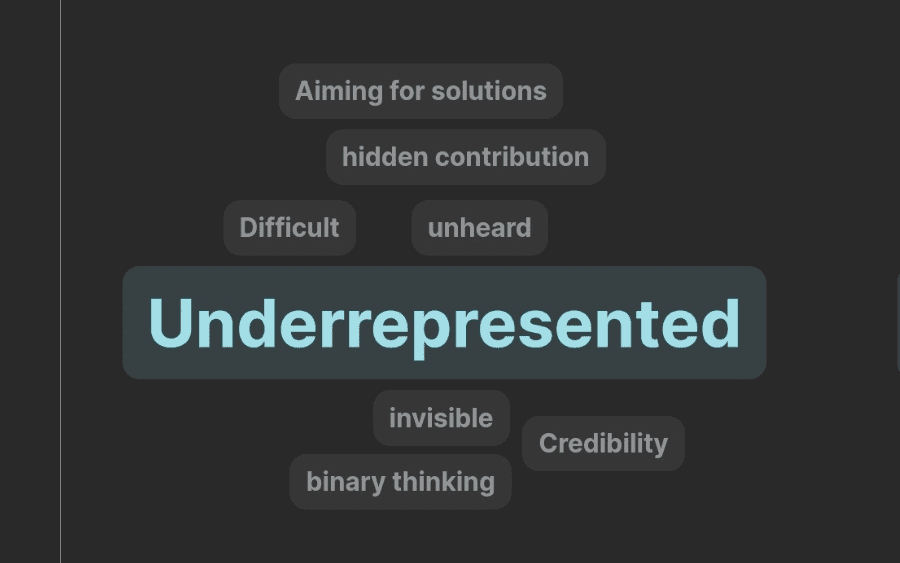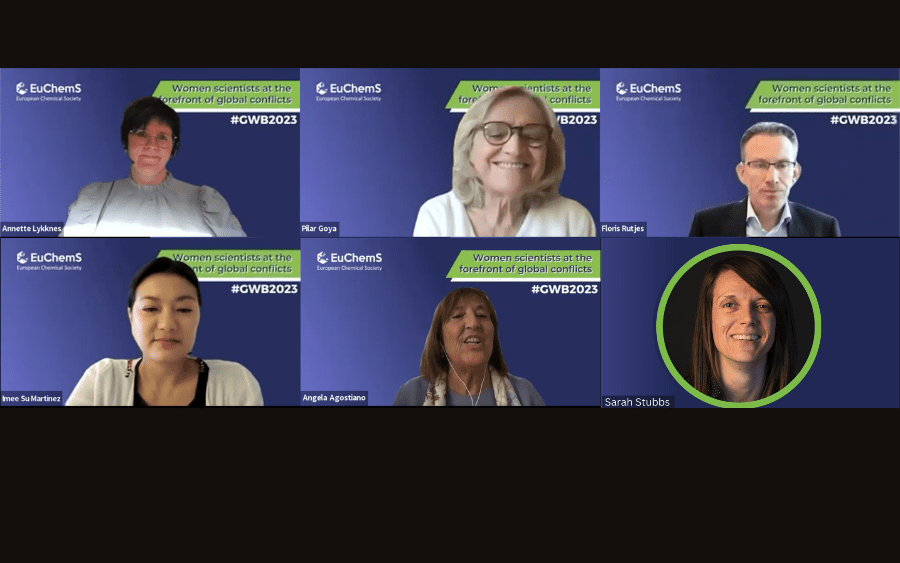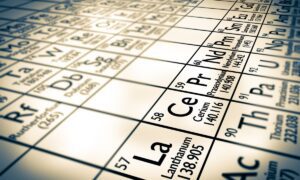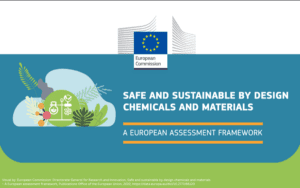Science does not exist in a vacuum – it is indeed highlighted by the GWB looking at how the gender equality landscape and the state of play in research fields intersects. However, science also influences – and is influenced by – a number of other social and global processes, such as conflicts. As conflict scenarios tend to increase exposure to abuse and discrimination, women represent one of the highly vulnerable groups in conflict. The official United Nations Security Council document on Women and peace and security states that “Attacks against women human rights defenders are extremely underreported and anonymized in official UN statistics” (page 3). Hence, an uncanny parallel emerges – which was well described by the audience, asked to escribe the what is the overlap in their opinion between the topics of gender equality, science and conflict. Examining all comments (shown on the figure below) could warrant discussions far beyond the scope of this article. Yet many of the responses – such as “underrepresented”, “invisible” or “unheard” does shows that there is room to improve women’s conditions within these interconnected areas. Thus, approaching through the angle of science and conflict, our speakers, high-profile women from esteemed institutions, demonstrated the actions being taken.

Safety in chemical education
Idealistically, science should be a peaceful instrument. However, as history has shown, well illustrated by science historian Annette Lykknes’ presentation, which will examine below, it is far from always being the case. Science must be done in a way that is consciously peaceful, to keep scientific methods and research ethics as servitors of peace. A great example for this was introduced by Imee Su Martinez: the Organisation for the Prohibition of Chemical Weapons (OPCW) Associate Programme. The values this programme represents should be disseminated since the beginning of people’s journey through learning chemical (or any other) sciences. Imee Su Martinez advocates for safety, security and ethics in chemical education – realising consciously peaceful scientific conduct. Ethics, peace and equality go hand by hand – as her outreach activities show, genuine peace can only exist without inequalities.
Forensic tracking of chemical weapon use
Alongside consciously being peaceful in its conduct, science can also be an active part of upholding the peace as an analytical tool to identify atrocities, and thus potentially prevent them in the future. Science has changed the face of conflict via multiple avenues – one of which being chemical weapons. While outlawed by the 1925 Geneva Protocol, there are still precedents for their usage. And in case of such attacks, it is not unlikely that civilian populations – including children and women, will be exposed in a disproportionate way – as they lack both the training and defensive equipment of combatants. Such an incident, the 1988 Halabja Chemical Attack (page 3), and its women and children victims were cited by Sarah Stubbs as her personal motivations for contributing to making these weapons disappear. While the misuse of science enabled the creation of chemical weapons, it is also science that provides the forensic tools to track them down – as she explained in detail in her presentation about the OPCW designated laboratories.
The curious case of radioactivity and women researchers
The ultimate lack of clear dichotomy between “peaceful” and “weaponised” science was illustrated by the case study of radioactivity research by Annette Lykkens. By shedding light on scientific narratives, and the importance of stories and “heroes” in (scientific) history, she also unearthed how such storylines obscure many who also contributed to the development of science – and those who are obscured are often historical women scientists. However, once a new chapter had opened – namely, radioactivity research – women could become “parts of the story”. As a new field, without established patriarchal hierarchies, many women had the opportunity to prove their ambitions and talents by contributing to the field. However, the novelty of the research area also led to its exploitation in conflict – no one needs to be introduced to the concept of nuclear weapons, the development of which women were also taking a major part. Hence, the question Annette Lykknes’ poses about whether radioactivity was for good or bad cannot be easily responded to. The versatile aspects of radioactivity research, including the potentially harmful ones, helped women researchers to connect internationally, and empower each other.
The topics of international empowerment, and network-building for serving common good carried on when the speakers engaged with each other, and the audience. Both speakers affiliated with the OPCW emphasized that women in these organisations are playing a significant role – and confirmed that such diversity indeed benefits their operation. And while there is admittedly room to improve, the audience recognising the interconnectedness of the topics of conflicts, women and science, and acknowledging the responsibility of science and chemistry to take active steps towards the use of research for peace – as our speakers do – is the direction we should be heading , and an aim aligned with the goals of GWB.
The recording of the event will soon be available on the EuChemS YouTube Channel.



